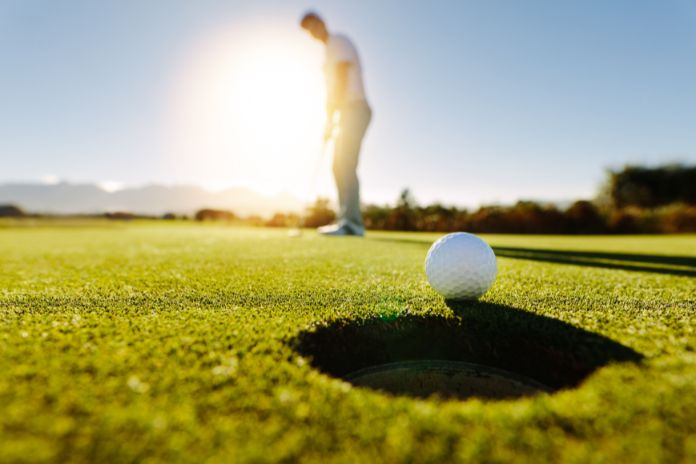When your garden needs a drink, are you keeping it thirsty or drowning it terribly? To ensure good growth and a bountiful crop, it is vital to monitor how much water you spread. There’s more to it than setting up the sprinkler and walking away for an hour, but once you get the hang of it old habits like that will be, well, water under the bridge. Here are tips for properly watering your garden and keeping your crops and flowers healthy.
The Sun Is Your Frenemy
Naturally, the sun is necessary, providing light that lets your garden build up chlorophyll and feed itself. And yet the sun can make it harder for your plants to get a drink, heating up and evaporating all the water on the ground. Timing is everything. Water either early in the morning or late in the afternoon so the water has time to seep into the soil. Ensure leaves can dry off in time, since wet leaves can develop disease.
Special Delivery
Sprinklers are overrated, throwing water every which way. Stick to directional attachments for your garden hose, watering cans, or seeping and soaker hoses to ensure water reaches the plant roots and doesn’t get the leaves or fruit too wet. Aim for the base of the plants, so you can ensure the roots beneath are getting the goods. If you’re feeling handy, some sites recommend taking large coffee cans, punching holes in the bottom, strategically placing them near your rows, and filling them with water. The water will slowly leak out and evenly distribute the water. Plastic milk jugs with their bottoms cut off and stuck in the ground can also, once filled, deliver water this way too.
Water Less, Water More
Clearly, when the rain comes pounding down, you don’t need to unwind the hose that week. Still, monitor the amount of water your plants are getting with a rain gauge posted somewhere near the garden. Otherwise, when it gets dry for long stretches, put about an inch of water on your garden, once a week. If you do use a sprinkler, a rain gauge can help measure its output.
Watering in Hydroponics
When thinking of tips for properly watering your garden, remember that even indoor gardens need water—but not just any water. The water from your outside faucet comes from the same place as the water from your inside taps. That water is treated, and contains certain amounts of chlorine, fluoride, and other minerals to kill bacteria and strengthen teeth. However, once the water hits the ground in your garden, the soil and sunlight filter out potential toxins. Hydroponics systems need their water to be free from these chemicals. If you can’t collect pure rainwater, fill a large container with tap water and let it sit out in the sun for a few hours. This will remove the chlorine, and you can add the water (with its accompanying nutrient solution) to your hydroponics setup without risking damage to your grow.







